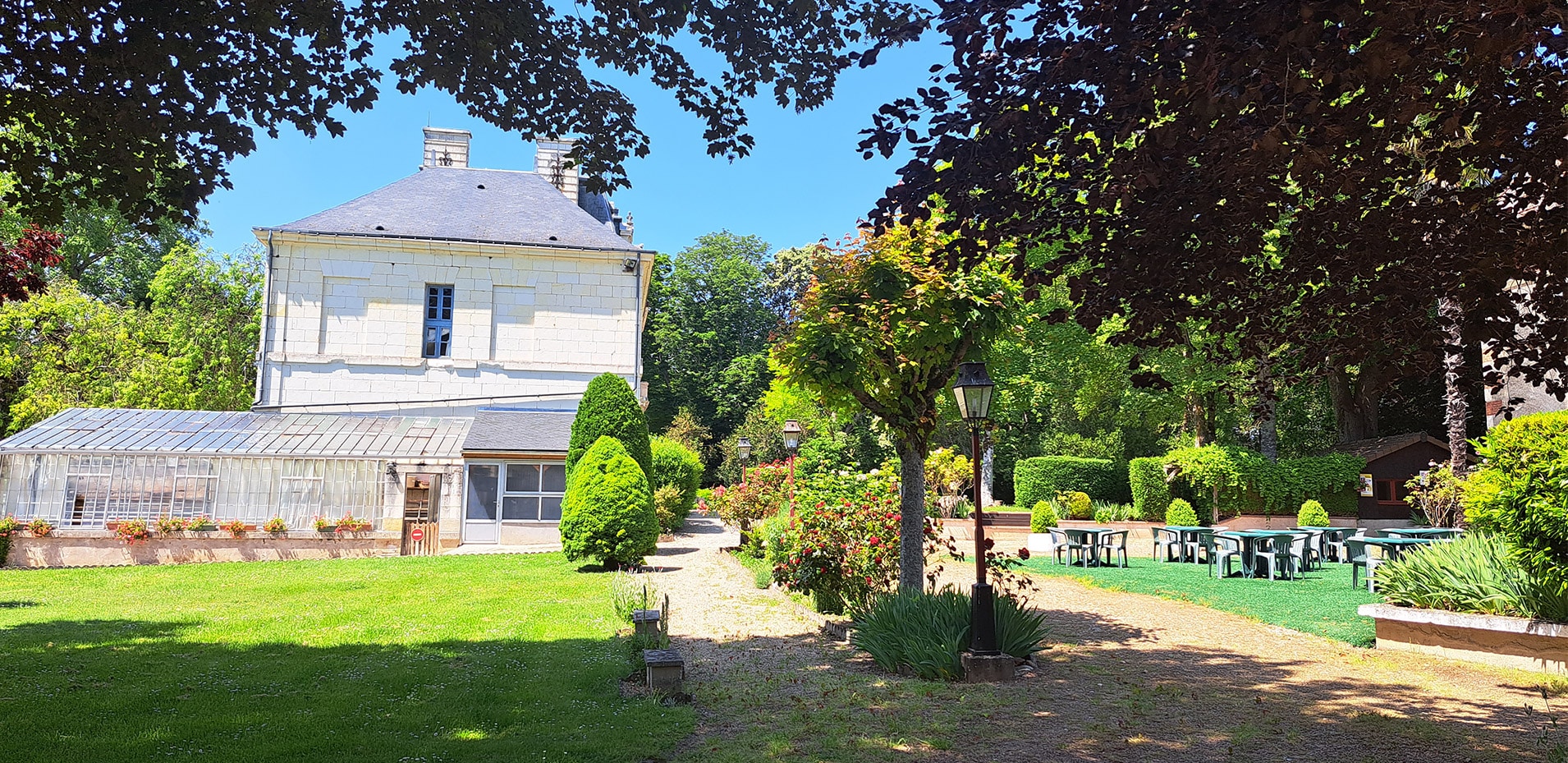Château de la Rolandière, located in the Loire Valley, has a rich and fascinating history going back many centuries.
The first traces of Château de la Rolandière date back to the Middle Ages, when it was a simple medieval fortress designed to defend the surrounding land. Over time, the château has been enlarged and transformed, reflecting the architectural evolutions and tastes of different eras.
The de Sassay family, of noble origin, acquired the Rolandière estate during the 17th century, when the château underwent numerous transformations to become a prestigious residence. The de Sassays, renowned for their influence and involvement in regional affairs, have left their mark on the history of the estate through their presence and their contribution to its development.
Under their leadership, La Rolandière became a gathering place for the local nobility, where lavish parties and worldly events were commonplace. The gardens were redesigned in the French style, adding to the beauty and elegance of the property.
In the early 19th century, the Wolf family, of Alsatian origin, acquired Château de la Rolandière in France’s Loire Valley. The Wolf family were prosperous industrialists, involved in trade and textile manufacturing. In buying the château, they aimed to establish their main residence and create a flourishing agricultural estate.
Under the management of the Wolf family, the château was restored and transformed into a sumptuous residence, reflecting their taste for elegance and refinement. The gardens were redesigned in the French style, adding to the beauty of the property.
Edmond Wolff was mayor of Trogues in the 19th century, and director of the Tours medical school. He married the daughter of Mathurin Martin, notary and mayor of Ste Maure de Touraine.
They had a son, Jean Wolff, at the age of 27 for his father and 22 for his mother. At the age of two, both his parents died of tuberculosis. He was raised by his maternal grandmother in Châtellerault. After studying at the seminary, he became a priest in 1928. He was sent to Madagascar in 1931 and became archbishop of Diégo-Suarez after the Second World War. He died in 1990 in the region to which he returned for his retirement.
In the 70s, the estate was bought by the syndicat Général des Personnels Non Enseignants de l’Education Nationale, who turned it into a campsite and vacation center for their members.
Then, in 2002, it was bought by private owners who developed a tourist activity.
At the end of 2023, Fabienne and Philippe Marmin’s aim is to continue the history of this estate, respecting and perpetuating its historic heritage. We’re keen to share it with modern-day travelers, so they can enjoy all its charm, tranquility and authenticity.



